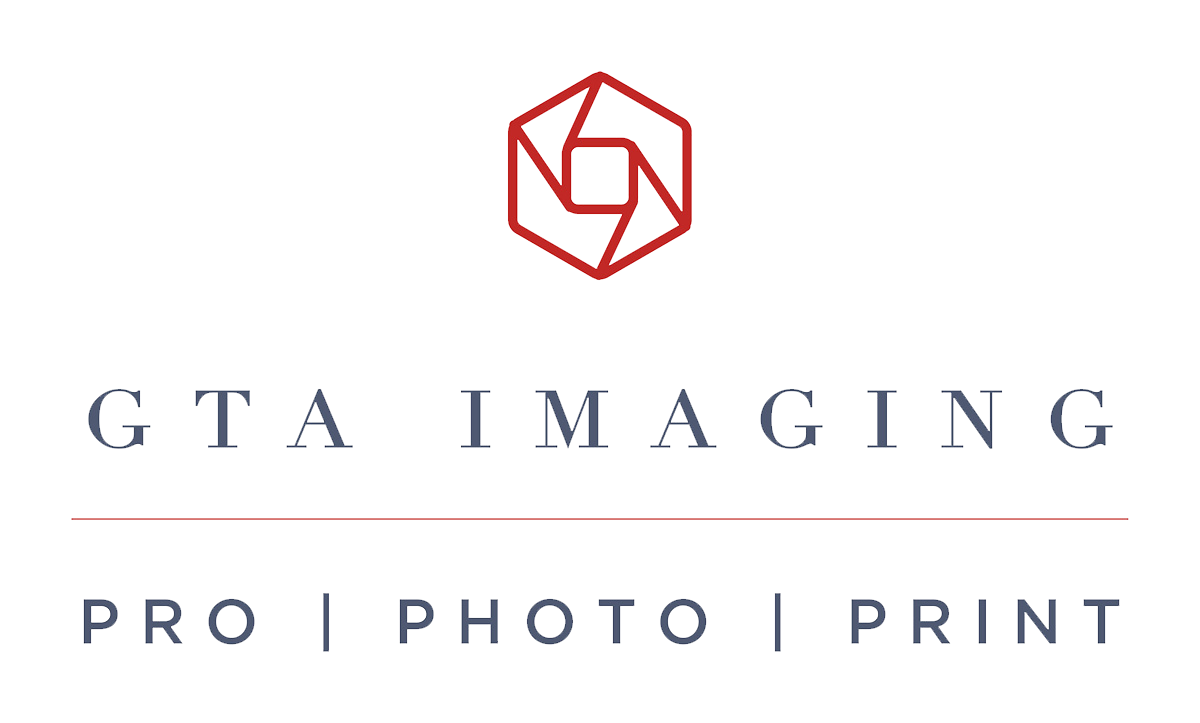Monitor Calibration
Calibrating your monitor is an important step for your workflow. Here are our recommendations to help match your screen to our printer.
Choose the right monitor. Look for a monitor with a wide viewing angle, deep colour gamut and high resolution. Laptop monitors are not recommended for colour editing.
Choose a work area where you can control the ambient lighting. Ambient lighting in the workplace is often a neglected factor but is just as important when it comes to viewing images on your monitor. Daylight balanced bulbs are a great tool. In addition to controlled lighting, consistency is also key to a good working environment.
Use a Calibration device. We recommend that you use a calibration device like the Xrite i1Display Pro or the Datacolor Spyder 5Pro (or better ). A good starting point is 5500k and gamma 2.2, however, depending on your working environment, several attempts may be required to calibrate your monitor. We offer 5 complimentary Test Prints for monitor calibration. These prints are printed without any lab adjustment and will show you what our prints look like compared to your monitor.
Monitor maintenance. Maintenance of the monitor balance is critical. We recommend that you calibrate your monitor at least once a month.
Note regarding different substrates:
Even with a calibrated monitor, an image printed on different substrates / papers / materials will appear different with slightly different tones, contrast, colour and saturation. You can use paper profiles to help you with soft proofing the images on your screen. Proofing profiles should only be used to soft proof your images and should not be embedded in the images themselves.

